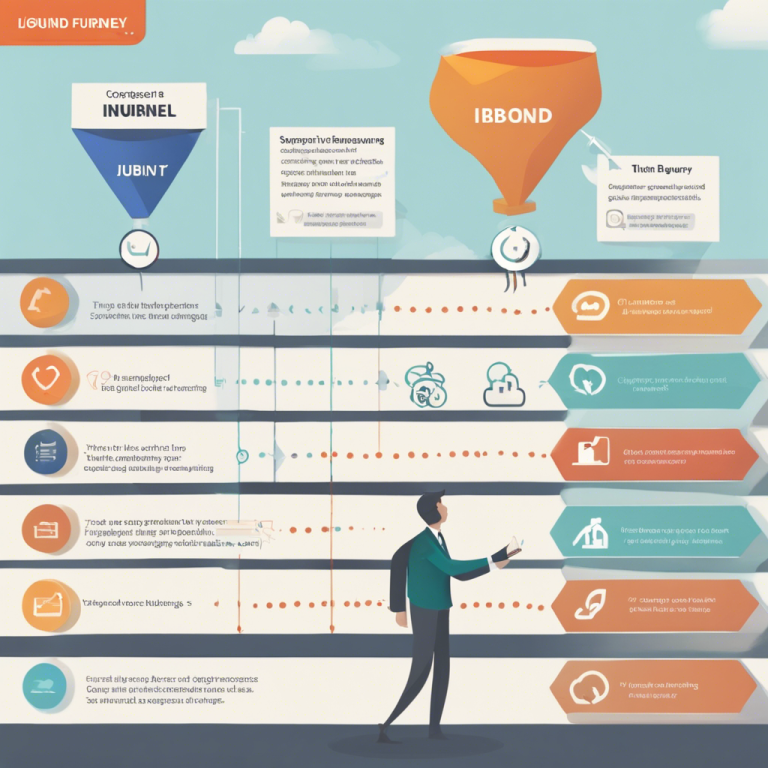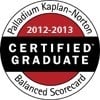Inbound Sales Processes vs Inbound Sales Strategies
Hey there, sales enthusiasts! Are you curious about the nitty-gritty details of sales processes and inbound sales strategies? Well, you've come to the right place! Today, we're going to dive into the world of sales and explore the difference between a sales process and an inbound sales strategy. So, buckle up and let's get started!
Defining Our Terms of Reference
Sales Process
First things first, let's break down these two terms. A sales process refers to a set of predefined steps that a salesperson follows to guide a potential customer from being a lead to making a purchase. It's like a roadmap that helps you navigate through the sales journey.
Inbound Sales Strategy
On the other hand, an inbound sales strategy focuses on attracting customers through valuable content and engaging them in a conversation that ultimately leads to a sale.
Now that we have a basic understanding, let's dig deeper into each of these concepts.
Organization and Structure
A sales process is all about organization and structure. It streamlines the sales journey and brings a sense of consistency to the whole process. By breaking down the customer's buying journey into stages, a sales process provides a clear framework for salespeople to follow. It typically includes stages like prospecting, qualifying leads, making a pitch, negotiating, and finally, closing the deal. This systematic approach ensures that no leads fall through the cracks and helps sales teams work efficiently.
Magnetic Customer Attraction System
On the other hand, an inbound sales strategy focuses on attracting customers through various marketing efforts. Instead of pursuing potential customers aggressively, an inbound sales strategy aims to create valuable and educational content that draws customers in naturally. With the help of tactics like:
- Blogging.
- Social media.
- Search engine optimization.
- Email marketing.
companies can establish themselves as industry experts and build trust with their target audience. By nurturing these relationships, they can then guide prospects through the buyer's journey, ultimately converting them into customers.
What's the key difference between the two?
Well, while a sales process is focused on the internal structure and actions of the sales team, an inbound sales strategy is more customer-centric. It recognizes that today's buyers are more informed and prefer a less intrusive approach. By providing valuable content and personalized experiences, businesses can attract prospects who are already interested and ready to engage in a sales conversation.
Which Approach is Superior?
Now, you might be wondering which approach is better for your business. Well, it really depends on your specific goals and target audience. If you have a sales team ready to follow a predefined process and close deals efficiently, a highly structured, né "engineered", sales process might be the way to go. On the other hand, if you're looking to build long-term relationships with your customers and leverage content marketing to attract prospects, an inbound sales strategy might be the perfect fit.
Both Approaches Play an Important Role
In conclusion, both a sales process and an inbound sales strategy play important roles in the world of sales. While a sales process provides structure and consistency, an inbound sales strategy focuses on attracting customers through valuable content. Each approach has its own strengths and can be effective depending on your business's unique needs.
So, whether you choose to implement a sales process, an inbound sales strategy, or a combination of both, the key is to understand your customers and tailor your approach accordingly. Happy selling!
Inbound Sales Consulting
As Certified Hubspot Sales Consulting Experts, we offer Inbound Sales Consulting. If you would like to find out more, you can read more about it by clicking the button.



